Contact Us
 +8618700875368
+8618700875368
No.6 Zhangba First Street, High-Tech Area, Xi'an City, Shaanxi Province, P.R. China 710065
What is a PV Environmental Chamber used for?
2024-06-07 18:35:12
What is a PV Environmental Chamber used for?
A PV environmental chamber is a specialized piece of equipment used in various industries, including electronics, automotive, and pharmaceuticals, to test the performance and reliability of products under controlled environmental conditions.
Key Features and Functions
Temperature Control: Environmental chambers can precisely control temperature levels, allowing for testing under extreme hot or cold conditions.
Humidity Control: These chambers can regulate humidity levels, enabling tests under different humidity conditions, from dry to highly humid environments.
Lighting Control: Some environmental chambers have adjustable lighting systems to simulate various lighting conditions, such as natural sunlight or artificial lighting.
Air Flow Control: Chambers may feature fans or air circulation systems to ensure uniform distribution of temperature and humidity throughout the testing space.
Vibration Control: Some chambers come equipped with vibration isolation systems to minimize external vibrations that could affect test results, especially in sensitive experiments.
Pressure Control: Certain chambers can simulate different atmospheric pressures, useful for testing products intended for use at high altitudes or in low-pressure environments.
Gas Control: Chambers may have the capability to introduce specific gases into the testing environment, relevant for evaluating the effects of different atmospheric compositions on products.
Data Logging and Monitoring: Modern environmental chambers often include sensors and data logging capabilities to monitor and record various parameters such as temperature, humidity, pressure, and more.
Safety Features: Chambers typically include safety features such as alarms, emergency shut-off systems, and temperature/humidity limits to prevent damage to both the chamber and the products being tested.
Customizable Testing Protocols: Many chambers offer flexibility in designing and implementing customized testing protocols to suit specific research or quality assurance needs.
Applications in Different Industries
Electronics Industry:
Product Testing: Environmental chambers are used to test electronic components, circuit boards, and finished electronic devices under controlled temperature, humidity, and vibration conditions to assess their performance and reliability.
Quality Assurance: Chambers help identify potential weaknesses or failure points in electronic products before they are released to the market, ensuring higher product quality and reliability.
Automotive Industry:
Component Testing: Environmental chambers are used to test automotive components such as sensors, actuators, and electronic control units (ECUs) under various temperature and humidity conditions to ensure their functionality and durability in different climates.
Material Testing: Chambers are used to evaluate the performance of materials used in vehicle interiors and exteriors, such as plastics, textiles, and adhesives, under simulated environmental conditions to assess their resistance to heat, cold, humidity, and UV exposure.
Pharmaceutical Industry:
Stability Testing: Environmental chambers are used for stability testing of pharmaceutical products, including drugs, vaccines, and medical devices, to determine their shelf life and storage conditions by exposing them to controlled temperature and humidity levels over time.
Quality Control: Chambers help pharmaceutical manufacturers ensure the consistency and reliability of their products by testing them under conditions that mimic real-world storage and transportation environments.
Renewable Energy Industry (including PV industry):
Solar Panel Testing: PV environmental chambers are specifically used to test the performance and reliability of solar panels and solar cells under simulated environmental conditions, including temperature, humidity, and solar irradiance levels.
Research and Development: Chambers aid in the development of new photovoltaic materials and technologies by providing a controlled environment for testing prototypes and evaluating their efficiency and durability.
Benefits of Using a PV Environmental Chamber
Using a PV environmental chamber offers several benefits for testing photovoltaic (PV) devices such as solar panels or solar cells. Here are some of the key advantages:
Accurate Simulation: PV environmental chambers accurately simulate real-world environmental conditions, including temperature, humidity, and solar irradiance levels, allowing for precise testing of PV devices under conditions they would encounter in the field.
Reliability Testing: Chambers enable comprehensive reliability testing of PV devices by subjecting them to controlled environmental stressors over extended periods. This helps identify potential performance issues, degradation mechanisms, and failure modes, allowing manufacturers to improve product reliability and lifespan.
Quality Assurance: Using a PV environmental chamber for testing ensures consistent quality and performance of solar panels and cells by verifying compliance with industry standards and specifications. This helps manufacturers meet regulatory requirements and customer expectations for product reliability and durability.
Performance Evaluation: Chambers provide valuable data on the performance characteristics of PV devices under different environmental conditions, such as temperature variations and solar radiation levels. This information helps optimize the design and efficiency of solar panels and cells for specific applications and geographic locations.
Research and Development: PV environmental chambers facilitate research and development efforts in the solar energy sector by providing a controlled environment for testing new materials, technologies, and design configurations. This accelerates innovation and drives advancements in photovoltaic technology.
Cost Savings: By identifying potential reliability issues and performance limitations early in the development process, PV environmental chambers help minimize costly product failures and warranty claims in the field. This ultimately reduces manufacturing expenses and enhances the long-term competitiveness of solar energy products.
Customizable Testing Protocols: Chambers offer flexibility in designing and implementing customized testing protocols tailored to specific research objectives or quality assurance requirements. This allows for efficient testing of various parameters and scenarios, ensuring comprehensive evaluation of PV devices under different operating conditions.
Technical Features of PV Environmental Chambers
Modern PV environmental chambers are equipped with advanced features to ensure precise control and monitoring of test conditions. Some of the key features include:
Programmable Controllers: These allow for the precise setting of temperature and humidity cycles, ensuring consistent and repeatable test conditions.
Multi-language Interfaces: To cater to a global market, many chambers offer interfaces in multiple languages.
USB and Ethernet Connectivity: These enable easy data logging and remote monitoring of tests.
Safety Systems: Built-in safety features such as over-temperature protection, refrigerant high-pressure protection, and earth leakage protection ensure safe operation.
Conclusion
In conclusion, a PV environmental chamber is a valuable tool for manufacturers in various industries to test the performance and reliability of their products under different environmental conditions. By using these chambers, manufacturers can identify potential issues early in the development process and ensure that their products meet regulatory standards and customer expectations.
For more information about PV environmental chambers, please contact info@libtestchamber.com.
References
"Environmental Testing of Photovoltaic Modules: Review of Current Standards and Practices", Journal of Solar Energy Engineering, 2019. DOI: 10.1115/1.4042429
"Accelerated Lifetime Testing of Photovoltaic Modules in Climatic Chambers", Renewable and Sustainable Energy Reviews, 2019. DOI: 10.1016/j.rser.2019.01.050
"Effects of Environmental Factors on the Reliability of Photovoltaic Modules: A Review", Renewable and Sustainable Energy Reviews, 2020. DOI: 10.1016/j.rser.2020.110208
Send us a message
Please Leave your Message Here! We Will Send Detail Techincal Brochure and Quotation to you!

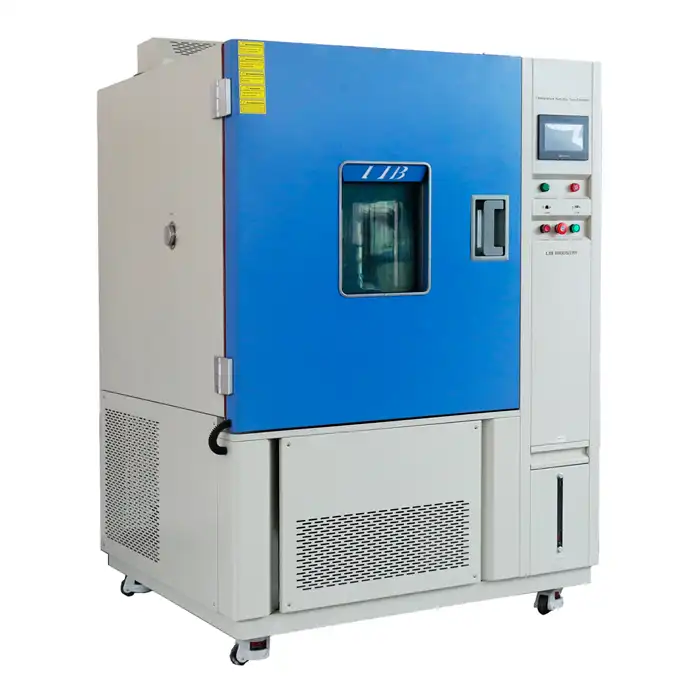
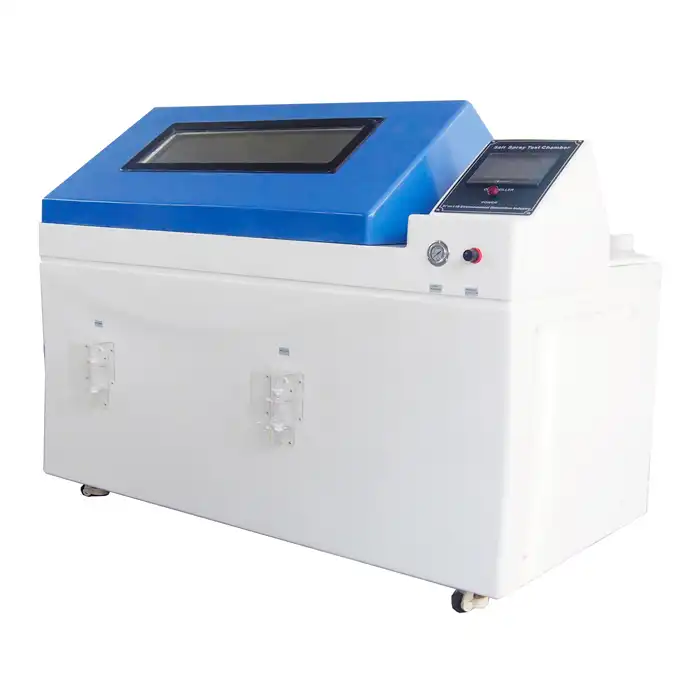
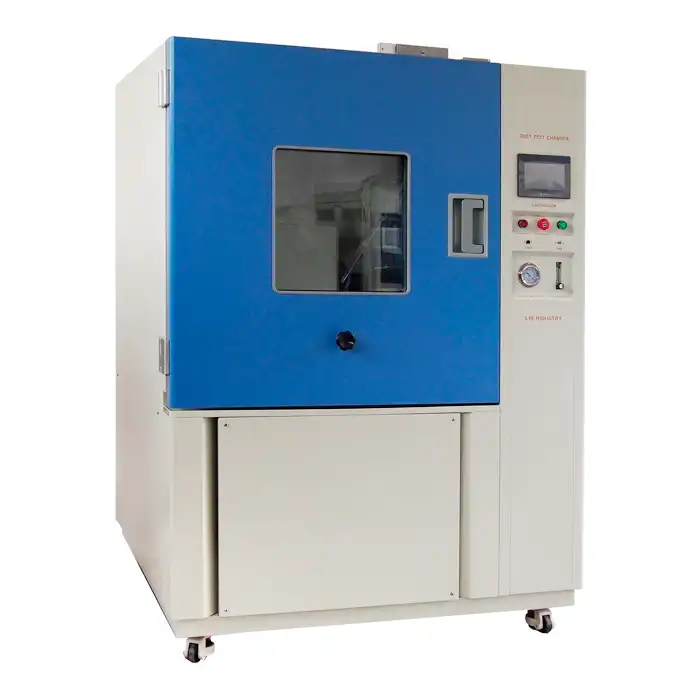
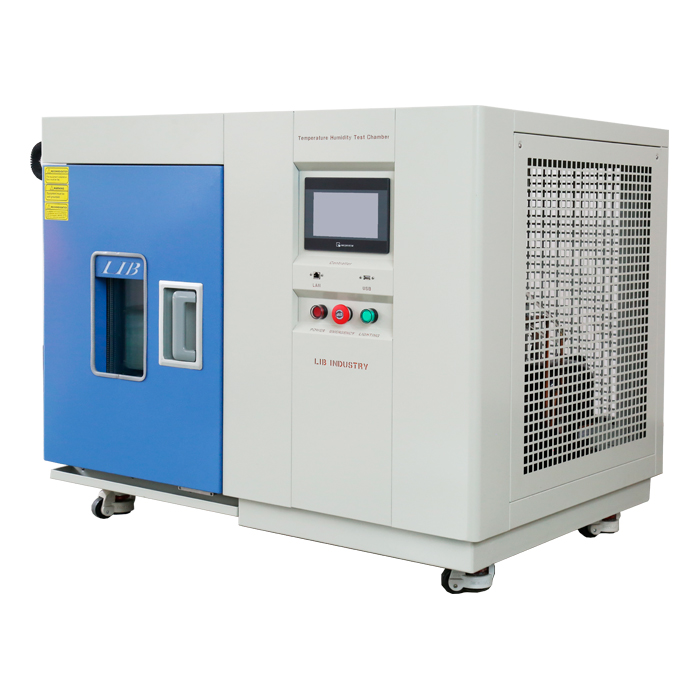
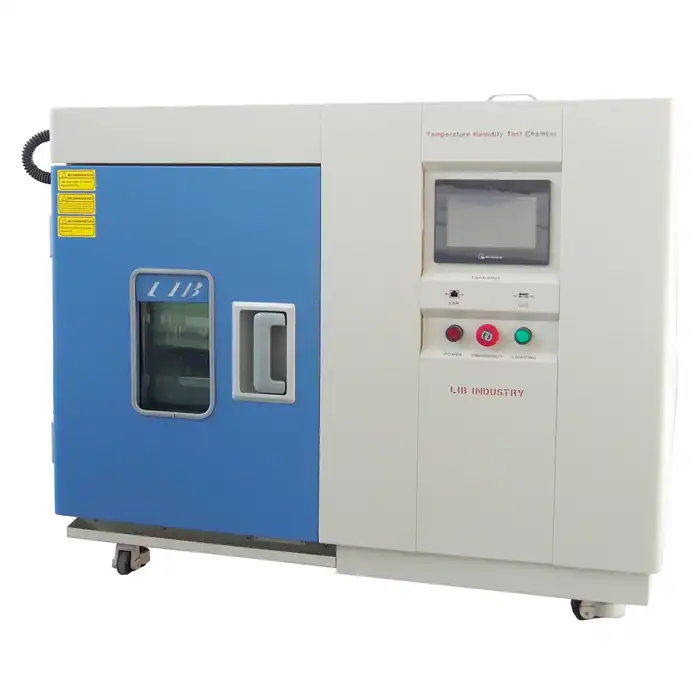
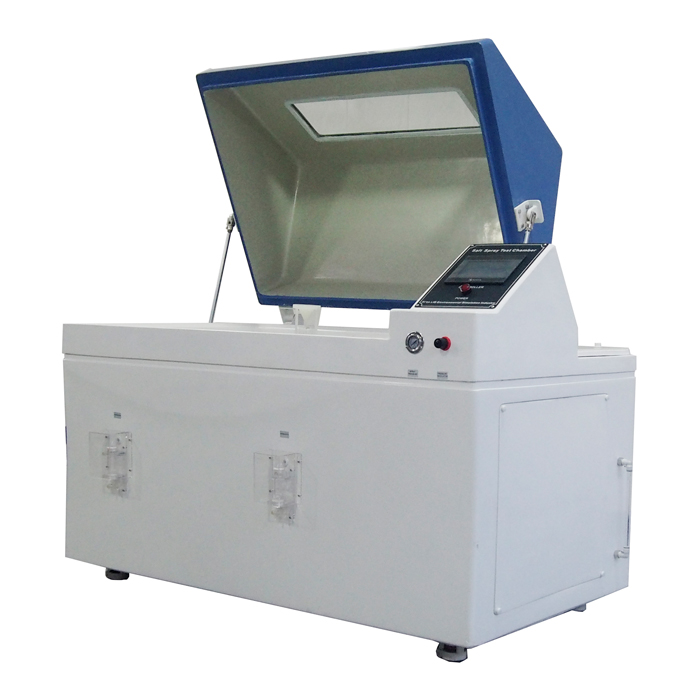
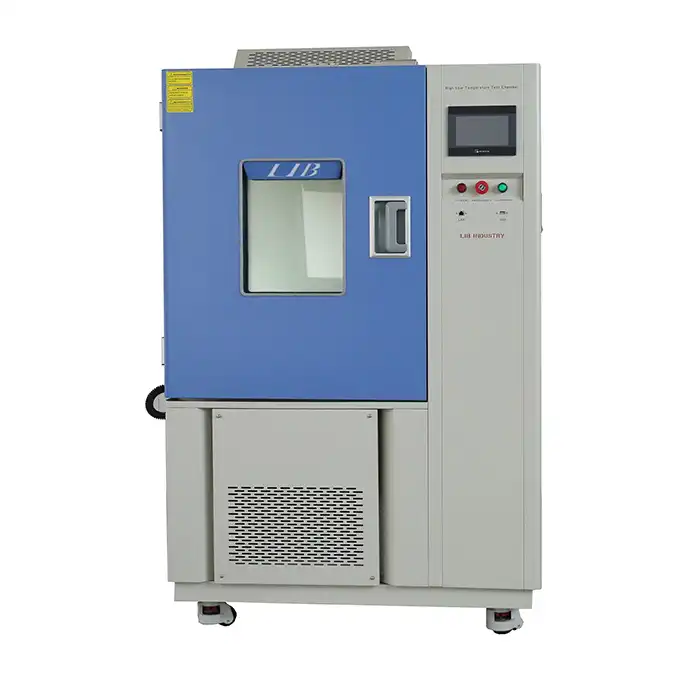
.webp)